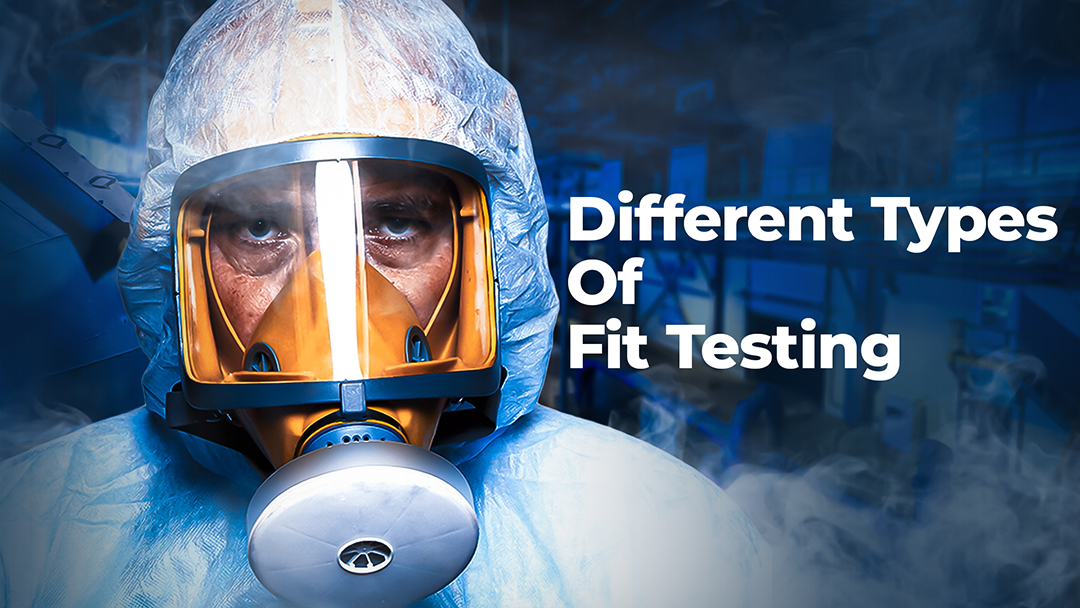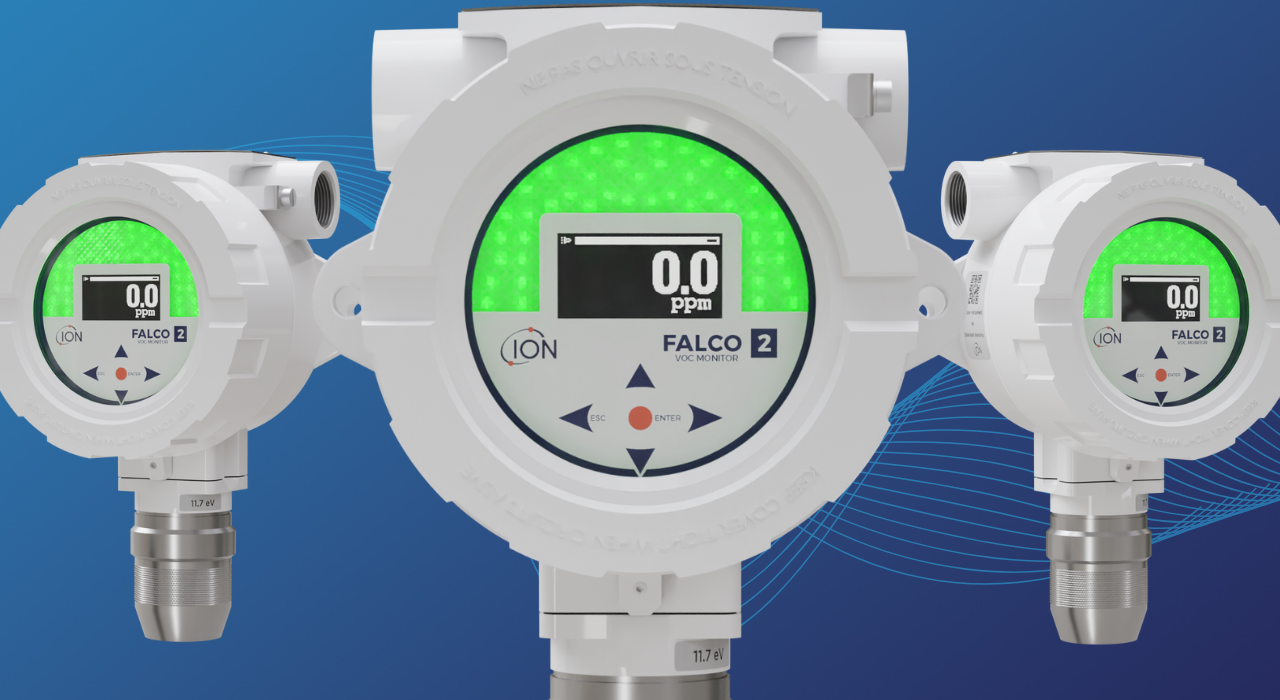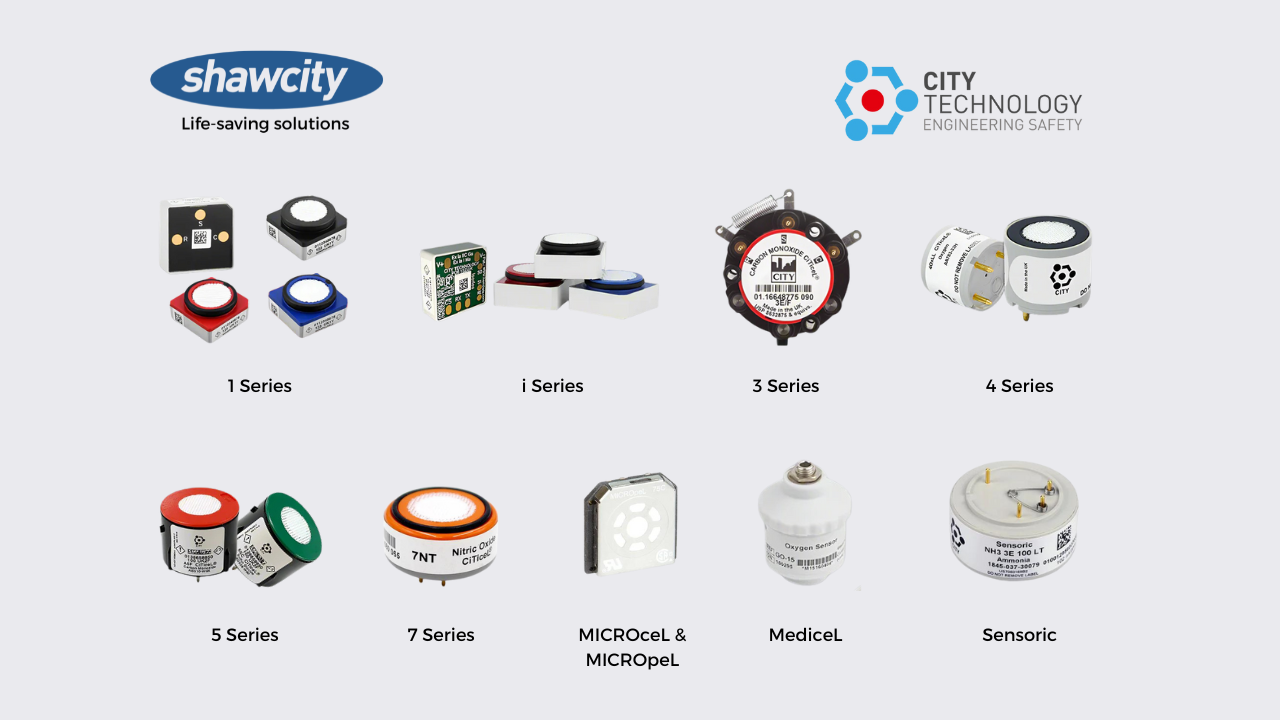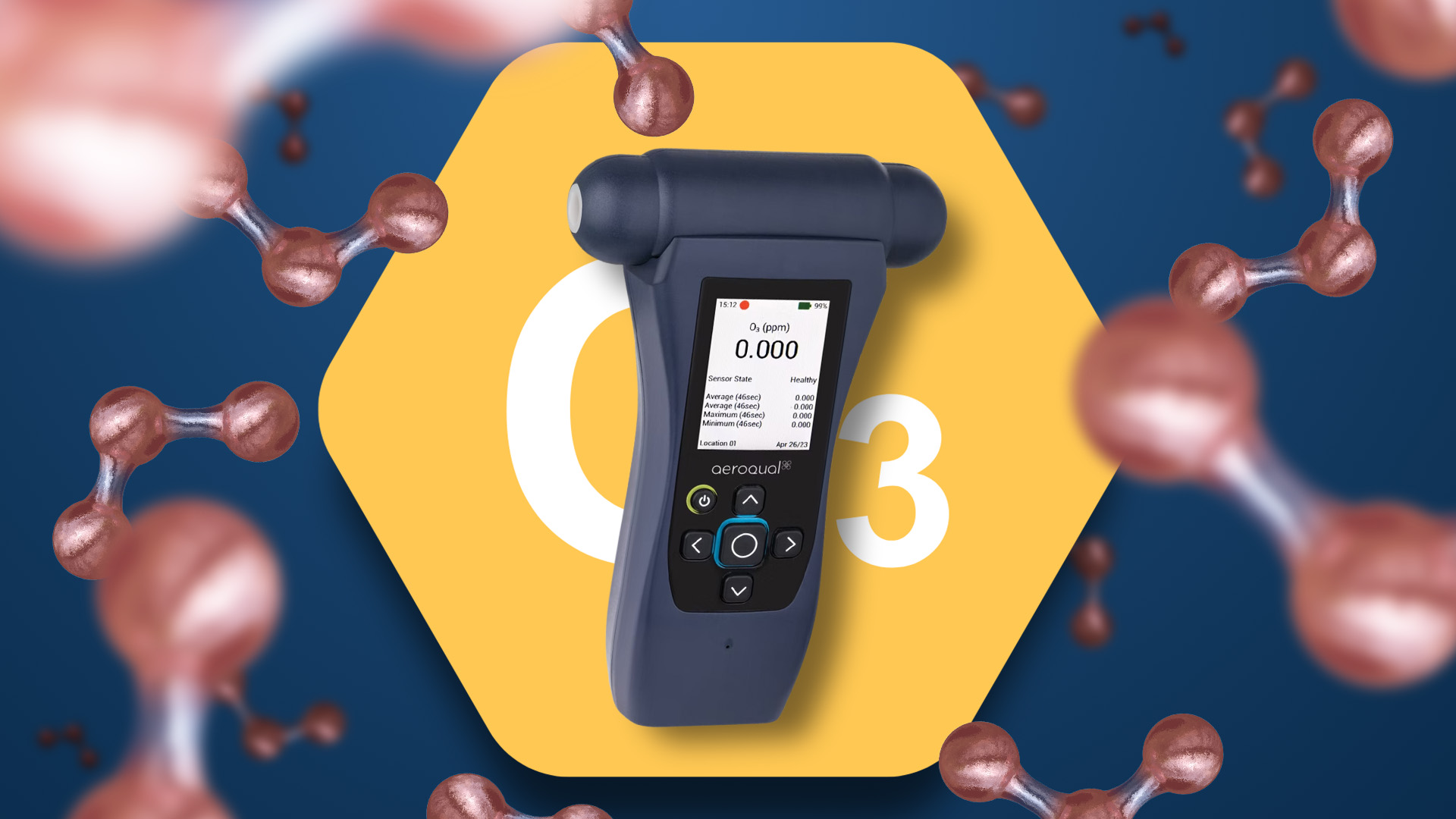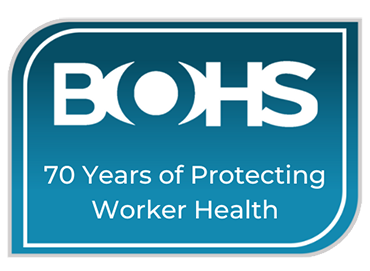For workers in hazardous environments, respiratory protective equipment (RPE) can mean the difference between staying healthy or falling ill, life and death. That's why fit test technology is so crucial.
There are two types of fit testing: qualitative and quantitative. Qualitative testing is a sensory challenge - the wearer detects the presence of a test agent (smell or taste). Quantitative testing, on the other hand, is more scientific and measures the amount of leakage around the seal, providing an accurate measure of the respirator's effectiveness.
Methods for Qualitative Fit-Testing
-
Taste:
Sodium saccharin or Denatonium Saccharide Aerosol: This method involves introducing a bitter or sweet tasting aerosol into the breathing zone of the user to assess whether the user can taste the solution.
-
Smell:
Isoamyl Acetate (Banana Oil) Aerosol: This method involves introducing a banana-scented aerosol into the breathing zone of the user to assess whether the user can detect the scent.
Qualitative fit testing is a pass/fail test and does not provide a numerical measurement of the fit factor. It is suitable for testing disposable and half-face respirators, as well as some full-face respirators. However, it is not suitable for testing powered respirators or airline respirators. Another disadvantage is that an individual’s ability to taste substances is subjective, so any tests cannot be supported by data - and results can vary massively from person to person.
Methods Used for Quantitative Fit-Testing
There are two popular quantitative fit testing methods: Ambient Particle Counting (APC) and Controlled Negative Pressure (CNP). Both types of technology use data to establish a Pass/Fail according to a fit factor.
- Ambient Particle Counting (APC) is a quantitative fit testing method that uses an aerosol to determine the fit of a respirator. It is quick and easy to use, making it a popular choice for fit testing. APC can provide accurate and objective results, and it can be used with a variety of respirator types. However, it is more complex than the Controlled Negative Pressure (CNP) method as the indoor environmental conditions and airborne particle count it requires are restrictive and time-consuming to set up, whereas CNP needs only air to perform a fit test. Those being tested need to report to a specific, controlled indoor location and the use of consumables also increases the cost of ownership.
- Controlled Negative Pressure (CNP) is an accurate fit testing method that measures air leakage around respirator seals, ideal for high-risk environments as it doesn’t use wicks or salt fog. It can complete multiple fit tests simultaneously, yet requires less operator training than other quantitative fit tests. With battery power, the unit can be deployed untethered anywhere, indoors or outdoors, to minimise disruption to the working day. With no consumables, there are no delays due to any cleaning regime, making it efficient and effective in ensuring worker protection. Ideal for half- and full-face respirators, CNP is unsuitable for testing disposable face masks due to the use of air pressure to make measurements.
While qualitative testing can help select the right respirator model for an individual, quantitative testing is more reliable and highly recommended for those in high-risk environments.
Who Sets and enforces the current regulations for RPE fit testing in the UK?
In the UK, the Health and Safety Executive (HSE) is responsible for setting and enforcing regulations for RPE (respiratory protective equipment) fit testing. The HSE is a government agency that is responsible for ensuring that employers and workers comply with health and safety legislation in the workplace.
One of the guidance documents published by the HSE is INDG479: Fit testing of respiratory protective equipment facepieces, which provides detailed guidance on RPE fit testing. The guidance is intended for employers, employees, and safety representatives who are responsible for selecting, using, and maintaining RPE in the workplace.
Summary Overview of HSE document INGD479
HSE INGD479 provides several recommendations regarding fit testing, including:
- Employers should ensure that fit testing is carried out by a competent person.
- Regular fit testing should be carried out for those who use RPE regularly.
- The appropriate fit testing method should be selected based on the type of RPE being used
- Employers should ensure that users of RPE are trained and fit-tested appropriately
- Fit testing should be conducted using the wearer's usual working conditions and environment
- RPE users should be encouraged to report any problems or discomfort during the fit-testing process
- Fit testing should be part of a comprehensive respiratory protective equipment program that includes proper selection, use, and maintenance of RPE
Following these recommendations can help ensure that RPE is properly fitted, providing the necessary protection to workers against harmful substances in the workplace or the field.
Consequences of Improper Fit-testing
Improper respiratory protective equipment (RPE) testing can have serious consequences. Workers may suffer from respiratory diseases, lung damage, cancer or even death if RPE is not fit tested or used properly. Employers can face regulatory penalties, fines, legal action by the HSE, damage to their reputation, and loss of business.
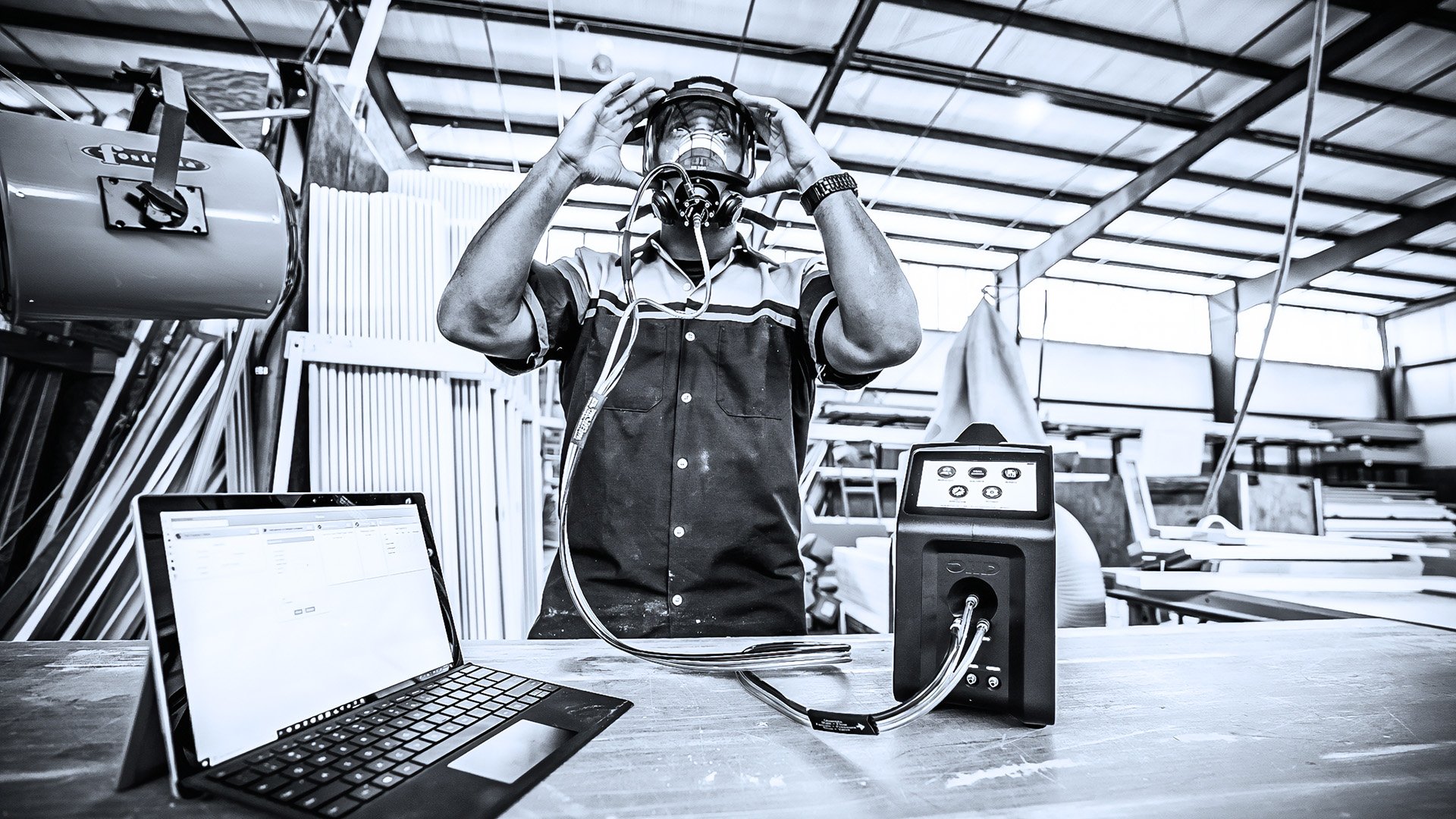
For further information on face fit testing, you can visit the HSE website. To find an accredited provider of face fit testing in the UK, check the fit2fit website.
QuantiFit2
Hitting the headlines again recently by gaining approval from the US Navy, the CNP QuantiFit2 fit testing system from OHD has been trusted by emergency services, government agencies and business organisations across the United States for decades, including the LAPD, NYPD, FBI and many more.
Contact Shawcity to find out more about the game-changing QuantiFit2 fit testing system, or to arrange a free demonstration. 📞 01367 899553.
